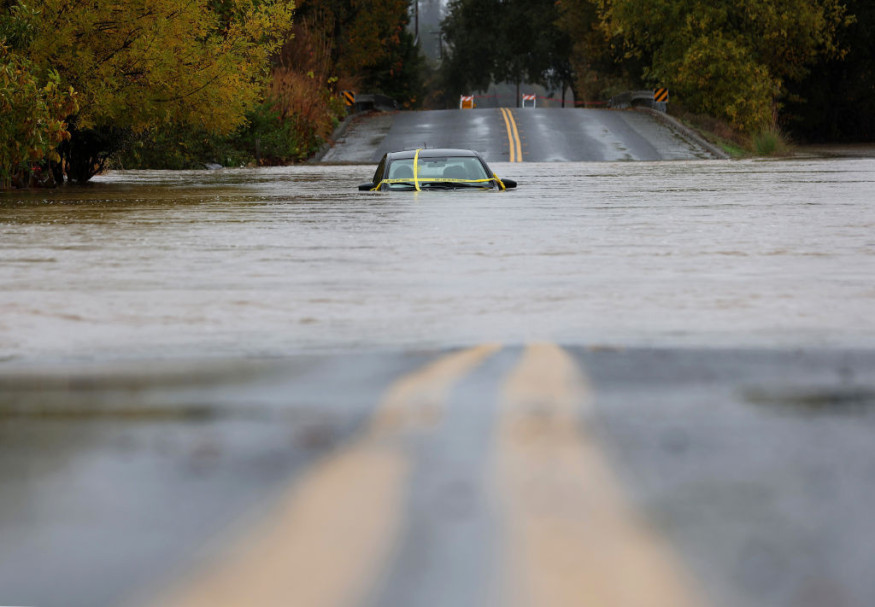
Millions of Americans could soon see their coastal homes submerged as rising sea levels threaten major cities across the US, a study by the US Geological Survey (USGS) warns.
The report predicts that by 2100, cities along the East Coast, including New York City, Miami, and Norfolk, will be devastated by rising seas, flooding, and sinking land, with more than 14 million people potentially affected.
Rising Sea Levels Threaten US Coastal Cities, Trillions in Damage by 2100
If the sea level rises by 3.2 feet as expected, significant portions of these cities could be permanently underwater. The report estimates that property damage could exceed $1 trillion, with up to 80% of the region's beaches lost.
The impact is expected to be severe in areas like Norfolk, Virginia, and Miami, Florida, where vulnerable infrastructure could be wiped out by storm surges and increased flooding.
The situation is worsened by subsidence - a phenomenon where parts of the ground are sinking - further intensifying the problem, Daily Mail reported.
As the Earth warms, sea levels rise due to melting glaciers and thermal expansion of the ocean. This has already led to a six to eight-inch rise in sea levels since 1920.
Experts at the USGS and the Department of Homeland Security predict that by the end of the century, sea levels could rise by an additional 3.2 feet, making floods much more common. Already, flooding is expected to occur five times more often than in 2020 within the next 30 years.
A separate study also sheds light on subsidence along the East Coast, where parts of the land are sinking, especially in areas like Miami and Norfolk. In these regions, sinking is occurring at rates of more than two millimeters per year, which could make the effects of sea-level rise even worse.
Researchers estimate that about 1.3 million people live in these areas, facing a higher risk of flooding as land sinks below the rising water.
Experts Call for Flood Control to Safeguard California and Coastal Cities from Subsidence
On the West Coast, California is facing similar challenges, though the problem there is linked to water extraction.
In the San Joaquin Valley, large-scale groundwater pumping to support agriculture has caused the land to sink at nearly one inch per year. This subsidence could further strain water resources and impact local infrastructure.
The need for action is clear, and experts urge communities to rethink their approach to urban planning.
Rising sea levels and sinking land will have far-reaching effects on infrastructure, including roads, buildings, and septic systems.
In response, scientists suggest that flood control measures, like levees and floodwalls, be implemented to help protect vulnerable cities, Fox5 said.
Additionally, strategies to replenish groundwater in sinking regions, such as managed aquifer recharge, could help mitigate the problem in areas like the San Joaquin Valley.
As these issues grow more urgent, millions of Americans living on the coast must prepare for a future in which flooding and property damage may become an everyday reality. The studies highlight the importance of taking action now to prevent further damage and protect communities from the compounded effects of climate change.
© 2025 NatureWorldNews.com All rights reserved. Do not reproduce without permission.





